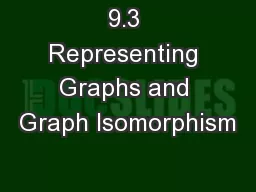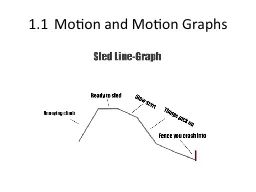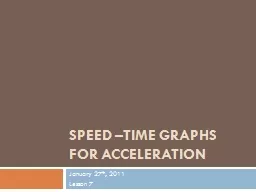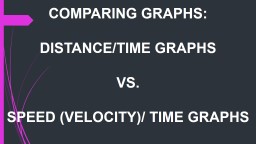PPT-Distance-Time Graphs 2016-2017
Author : jane-oiler | Published Date : 2018-10-29
Review Speed Speed The measure of how fastslow something moves a particular distance over a given amount of time It can then be calculated using the following
Presentation Embed Code
Download Presentation
Download Presentation The PPT/PDF document "Distance-Time Graphs 2016-2017" is the property of its rightful owner. Permission is granted to download and print the materials on this website for personal, non-commercial use only, and to display it on your personal computer provided you do not modify the materials and that you retain all copyright notices contained in the materials. By downloading content from our website, you accept the terms of this agreement.
Distance-Time Graphs 2016-2017: Transcript
Download Rules Of Document
"Distance-Time Graphs 2016-2017"The content belongs to its owner. You may download and print it for personal use, without modification, and keep all copyright notices. By downloading, you agree to these terms.
Related Documents














